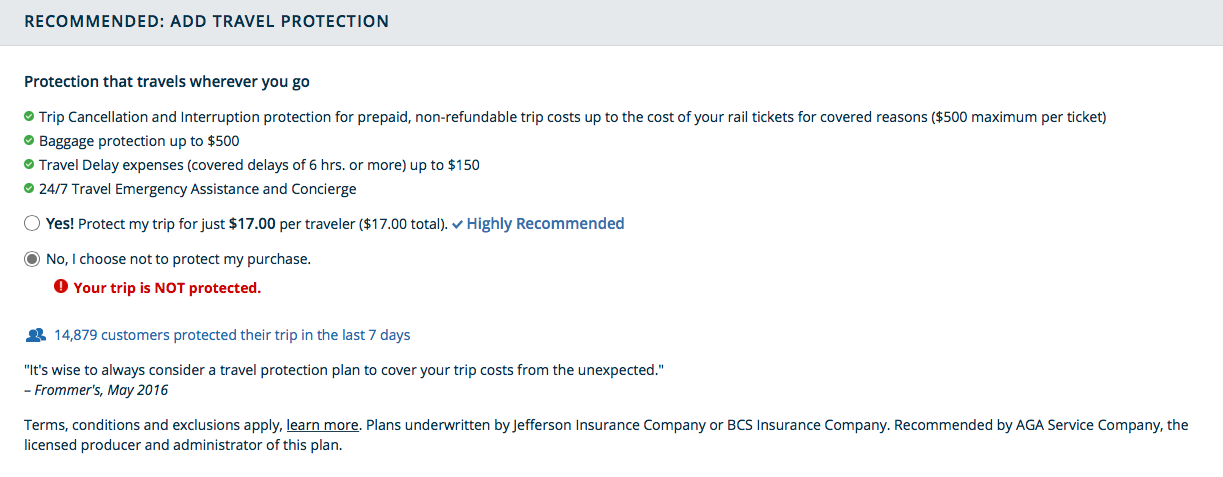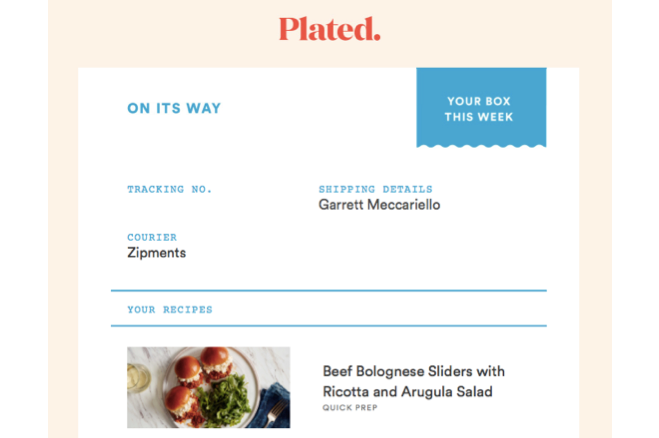How Following Behavioral Economics Can Lead to Subtle and Effective Branding
February 12, 2018 - by Garrett MeccarielloMarketers have a tendency to throw their metaphorical book of tricks at consumers in order to entice them into buying a product or service. With the holiday season in the distant past, online shoppers have been privy to companies sending out mass quantities of email blasts aimed at upselling their contact lists before the year’s end. While some find the reminders to be helpful in order to finish their holiday shopping lists, others easily become fed up with the increased quantity in such a short period of time and click the unsubscribe button- disappearing from the grasp of the company forever.
In Behavioral Science, practitioners use interventions called “nudges” to guide an individual’s behavior toward making an optimal decision. These decisions take the form of interventions such as quitting cigarette smoking, increasing the reporting of earned income on tax forms, and even reducing the amount of wasted water in public restrooms.
The quality over quantity argument is important in nearly every domain, not just Behavioral Science. Just as a chef will benefit from an augmented reputation by cooking with high quality food and not the abundance of mediocre ingredients, sales teams benefit from adding quality leads to their sales funnel rather than a large quantity that will yield few results. Even now, there are graphic and user experience “experts” who have yet to adhere to the message of employing quality over quantity when guiding users in a digital environment.
Before the holiday travel season ramped up, I booked my own train travel on a national rail service provider’s website. After selecting the ticket type and schedule (all the while successfully avoiding attempts to upsell me to purchase a First Class seat), I was redirected to a check out page where I encountered quite possibly the highest concentration of digital nudges in a one thousand-pixel space:

After confirming my trip details, I was peppered with several nudges. These nudges leveraged the anchoring and loss aversion technique, engaged my personal confirmation bias, and hinted at the bandwagon effect. Individually, any one of these nudges or techniques would have stood a chance at upselling me into purchasing travel insurance to protect my trip. Combined, they overwhelmed and confused me.
Had the rail providers’ digital product team spaced out the layout and implementation of these nudges throughout the purchasing process, I could have come to the conclusion on my own that this trip, an investment in traveling to visit family, was worth protecting. This experience lacked an effective design presented in a well thought out manner. Throwing every tip and trick in the book at an individual during one part of a digital experience overwhelmed this typical customer.

The railway is not the only brand guilty of over-nudging recently in attempts to bolster sales. Advertisers are just as guilty in leveraging quantity over quality tactics to increase brand value. Premium ice cream brand Häagen-Dazs elected to blanket New York City and San Francisco during the summer of 2016 with a plethora of media buyouts ranging from bus shelters to subway cars and stations.
In an attempt to compete with Halo Top, a lower calorie competitor, the agency responsible for the brand determined that an increase quantity of advertisements would be the best way to deliver their simple message. Featuring the solely the simple slogan “äah” for their city-wide campaign, the brand relied on blanketing- a tactic that runs up a hefty bill for the client and often yields little lifts in product sales.
Increased quantities of messaging tactics and nudges may increase awareness of the brand, but aren’t typically responsible for increasing sales. Memorable marketing campaigns with higher post-exposure recall statistics drive behavior in a confident manner, not relying on repetition but rather a deeper psychological activation.
While the railroad and Häagen-Dazs may have fallen short in estimating the quantity of nudges necessary to influence their customers’ behavior, one brand has hit the sweet spot. Plated is a weekly delivery box company offering pre-portioned and easy to prepare ingredients that yield flavorful meals and desserts. Supported by a strong marketing automation program, the brand effortlessly connects and engages with its customers through a variety of well thought out workflows.
From the moment their system registers the confirmation of an order, the clock starts ticking on their automation workflows. Two days ahead of receiving the order shipment, a teaser email is sent out enticing customers to not only become excited about the box which they are about to receive, but also purchase the next recurring box that they will receive the following week. Their workflows have been designed to capitalize on the right moments along the customer’s weekly lifecycle with the company. By mastering the emotions and feelings behind each stage of the experiential journey, Plated is able to effortlessly deliver high quality email nudges at the optimal time to increase and maintain their level of business.
In an age where customer churn rates are high, it is imperative that brands such as Plated continue implement these nudges in order to maintain customers relative to their competition. Proper, well thought out designs that leverage an understanding of the tangible needs and emotions of users yield successful results compared to those that leverage frequency alone.
There is a primary reason why successful web experience designers are able to deliver results for their clients. They truly understand the benefits of a high quality, well thought out design that employs choice encouraging interventions during the right time of the experience. Too much quantity by encouraging individuals to engage in a target behavior has an inverse effect on yielding long term, sustainable results.
For a majority of website visitors, those who are encouraged to take actions that are beneficial at the right time and within the appropriate format will choose to do so. Those who feel confused or pressured will avoid a purchase all together as these consumers can feel scared, or sold to. Whether the goal is to increase sign up rates for a monthly blog or upsell consumers into the next echelon of product or service, consider the entire experiential design and layout, and leverage behavioral science accordingly. Remember, quality still prevails over quantity.
- < Previous Audio in Branding
- Next > Tide's Tragedy: How Brands Can Respond to Disasters that Aren't Their Fault




